30 effective SEO tips for WordPress in 2020
- 1. Install WordPress SEO Plugin
- 2. Do Keyword Research
- 3. Turn on Search Engine Visibility
- 4. Adjustment of Permalink Structure
- 5. Add your site to Google Search Console
- 6. Google Analytics integration
- 7. Submit a Sitemap to Google
- 8. Optimized for mobile
- 9. Speed up your Website
- 10. Fix any broken link
- 11. There are main keywords for each article
- 12. Create quality content
- 13. Create long content
- 14. Create non-dated content
- 15. Link Out to quality sources
- 16. Linking content together (Interlink)
- 17. Adjust title of post and web page
- 18. Optimize header tag
- 19. Use Shorter URLs
- 20. Optimize Meta Descriptions
- 21. Insert Schema Markup
- 22. Optimize Google SERP
- 23. Optimize images for search engines.
- 24. No-Follow any Affiliate Links
- 25. Add HTTPS to your Site
- 26. Build high quality backlinks
- 27. Perform SEO Audit
- 28. Check the backlink profile
- 29. Ask Google Crawl your website
- 30. Apply Long-Tail Keywords (long keywords)
- Epilogue
If you want to boost your search engine rankings, then you need to take SEO seriously. Fortunately, using WordPress, you already have a good, SEO-friendly foundation in place. This is also one of the reasons people choose WordPress to use it in the first place.
However, there is still a lot of work to be done to get the right WordPress SEO. In this tutorial, we will cover 30 of the best SEO tips, so that you can easily improve your skills and increase website traffic.
1. Install WordPress SEO Plugin
WordPress has built-in SEO features. However, you need to use an SEO plugin to take your search optimization up. The best SEO plugin on the market is Yoast SEO, in fact we are also using this plugin at Hostinger.
With this plugin, you can optimize each page, every post with the keyword you choose. It also has a built-in analysis engine with the most up-to-date algorithms that match the new algorithms of the search engine. You can easily generate an XML sitemap, and add schema markup to your site.
To install Yoast, go to the WordPress admin page and select Plugins ›Add New . In the search bar type " Yoast SEO " and click " Install Now " as shown below.
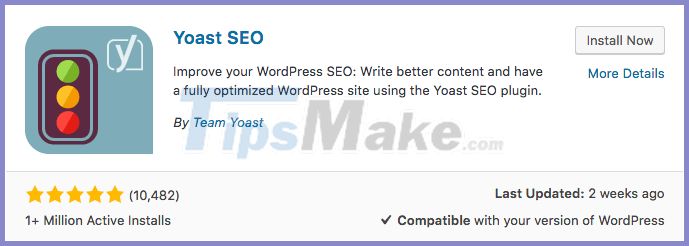 Picture 1 of 30 effective SEO tips for WordPress in 2020
Picture 1 of 30 effective SEO tips for WordPress in 2020
Finally, click " Activate " when the pops up screen pops up. This plugin is running on your site, then you can access it by clicking on the SEO icon in the left menu bar. You can check out our detailed guide on using the Yoast SEO plugin to maximize your chances of ranking.
2. Do Keyword Research
Keyword research is the most important step in determining the success of your WordPress SEO strategy. Doing keyword research will help you:
- Create content that matches your visitor's search intent.
- Understand more about market demand.
- Control the success of everything you write.
- Generate valuable profits for your site.
There are many tools to help you do keyword search. Some of the best tools are KWFinder, SEMRush, and even the Google Keyword Planner.
The keyword search process can be divided into 4 simple steps as follows:
- Create a list of keywords related to the topic.
- Enter it in the keyword finder to find more keywords with the best volume traffic, and the least competition.
- Research competitors by running keywords research tools to see which keywords their competitors' pages are using and which keywords are driving the most traffic.
- See which keywords have the fewest competitors your article can compete with to include that keyword in your article.
With this list of keywords, it's time to create content and optimize it with the SEO tips in this list!
3. Turn on Search Engine Visibility
There is a tool in WordPress to hide your site from search engines.
This feature was useful in the beginning when building a site, but if the search engine index is turned off, your website cannot rank on the search engine. Be sure to enable the feature first before doing any of the tricks in this article. Or if you see you doing a lot of work and the website still cannot see it on the search engine, check again because this may be the main reason.
To check if this feature is enabled, go to Settings ›Reading in your WordPress dashboard. Scroll down the page until you see an item called Search Engine Visibility .
 Picture 2 of 30 effective SEO tips for WordPress in 2020
Picture 2 of 30 effective SEO tips for WordPress in 2020
Make sure this box is unchecked. Then click " Save Changes " button .
4. Adjustment of Permalink Structure
When you first install WordPress, your pages and posts will have a bad URL structure and are bad for SEO.
The "best looking" URL structure for search engines is the "post name" type. By passing this type you will be able to insert a post title or page title, and even the keyword can be placed in the URL. To change to a post name, go to Settings ›Permalinks .
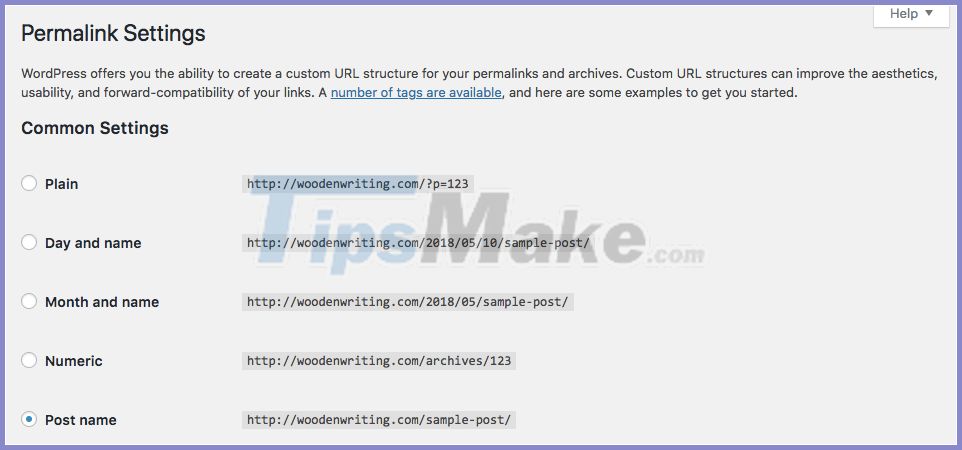 Picture 3 of 30 effective SEO tips for WordPress in 2020
Picture 3 of 30 effective SEO tips for WordPress in 2020
Under " Common Settings ", select the item named " Post name ".
If you change permanlinks now but change later, you may need to redirect all old URLs to new URLs. Plugin Change Permalink Helper. will help you redirect permalink. Just enter old URLs and it will forwards to new URLs for you.
5. Add your site to Google Search Console
Using Google Search Console will show you how your site is performing on the search engine, and notify you if there are any sitewide errors.
To add your site to Google Search Console: Visit this page to register for a Google account and press the " Add A Property " button to add the URL of your website.
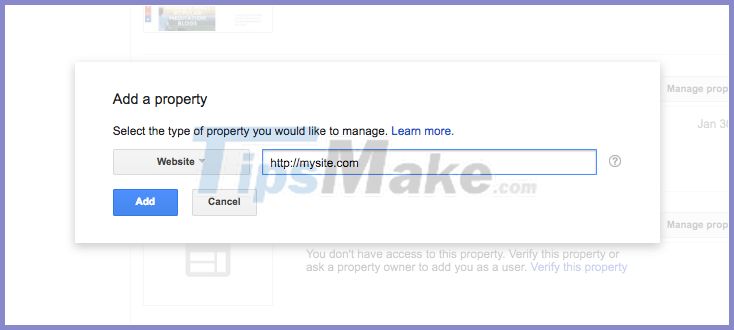 Picture 4 of 30 effective SEO tips for WordPress in 2020
Picture 4 of 30 effective SEO tips for WordPress in 2020
Click on the " Add " button , and you will be taken to a screen where you need to claim your website. There are many methods to verify your site, the easiest way is to choose Alternate methods , then choose the HTML tag .
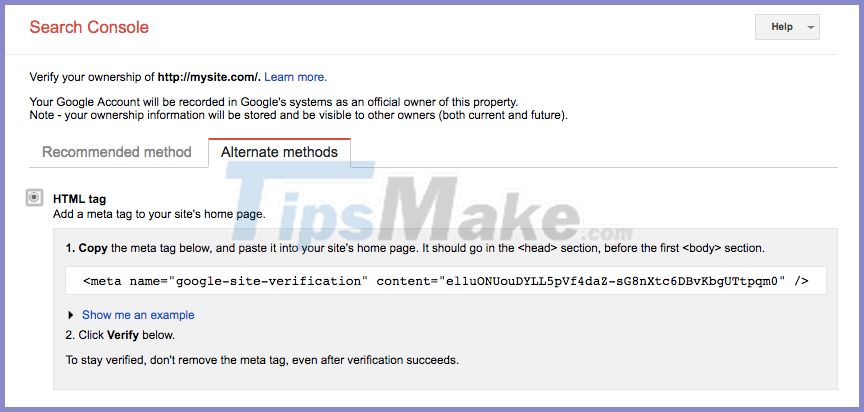 Picture 5 of 30 effective SEO tips for WordPress in 2020
Picture 5 of 30 effective SEO tips for WordPress in 2020
Copy this code, go to your WordPress dashboard. To insert this header code, you can utilize a plugin to do this. Go to Plugins ›Add New , look for the word" Insert Headers and Footers ".
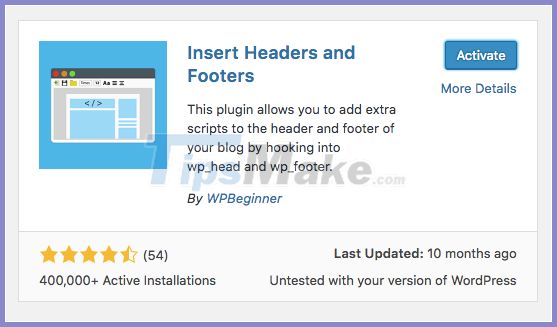 Picture 6 of 30 effective SEO tips for WordPress in 2020
Picture 6 of 30 effective SEO tips for WordPress in 2020
Install and activate the plugin in the image above. Next, open the plugin by going to Settings ›Insert Headers and Footers .
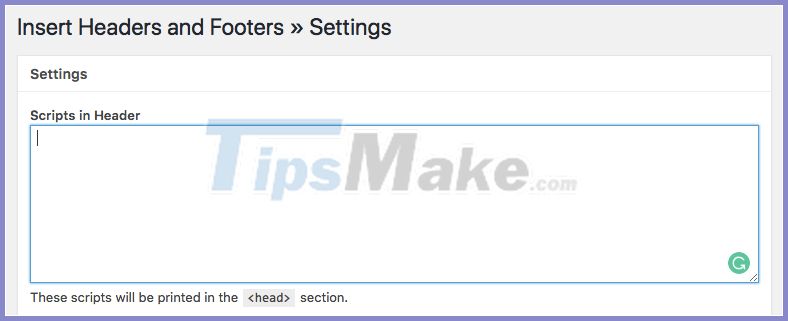 Picture 7 of 30 effective SEO tips for WordPress in 2020
Picture 7 of 30 effective SEO tips for WordPress in 2020
Now paste the code in the box labeled Header , and click on the " Save " button . Finally, go to Google Webmaster Tools and click on the Verify button .
6. Google Analytics integration
Another Googles tool that will help you master website analytics is Google Analytics. This tool will tell you how good your SEO strategy is by giving you a breakdown of your website's traffic.
To set up your account, go to the Google Analytics homepage and create an account. Next, you will need to get the tracking code in it. This will usually be under Tracking Info ›Tracking Code . Then, copy the code similar to the following:
![]() Picture 8 of 30 effective SEO tips for WordPress in 2020
Picture 8 of 30 effective SEO tips for WordPress in 2020
Depending on your theme, you will have the option to add the Google Analytics tracking code directly. If that doesn't work, you can use the Insert Headers and Footers plugin above to do it.
Open the plugin, go to the header, paste the tracking code. That's it, now you have the website's statistics. With this statistic you can analyze and come up with suitable strategies to increase website ranking on Google. For more detailed instructions, you can see the following tutorial on how to add Google Analytics in WordPress.
7. Submit a Sitemap to Google
Sitemaps are used by search engines to better scan your site. Your site will still be scanned without a sitemap, but creating a sitemap will help you report what kind of data you want the search engine to scan.
You can pinpoint the page without contributing to the increase in scans, and identify important pages for search engines to scan. If you are using Yoast SEO plugin, you can use this plugin to create a sitemap easily.
Go to SEO ›General› Features . Scroll to the bottom and enable " XML Sitemaps ".
 Picture 9 of 30 effective SEO tips for WordPress in 2020
Picture 9 of 30 effective SEO tips for WordPress in 2020
Click on the link called " See XML sitemap " to open the sitemap, to make sure it has been successfully created.
Now submit your sitemap to Google. To do so visit the Google Search Console dashboard and click " Sitemaps ".
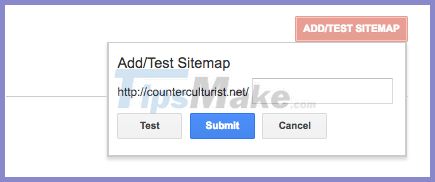 Picture 10 of 30 effective SEO tips for WordPress in 2020
Picture 10 of 30 effective SEO tips for WordPress in 2020
In the right corner, you will see the option to add a sitemap ( Add / Test Sitemap). Click on it, add the URL of your sitemap, and click the " Submit " button . Now that Google will scan your sitemaps regularly, this can help speed up your indexing.
8. Optimized for mobile
Google just announced that they are testing mobile indexing first. That means they'll start using the performance and functionality of your mobile site to gauge your ranking. So, if your theme is using non-repsonsive (which adjusts to each screen type), now's the time to fix it.
In addition, you can also check if your site is mobile optimized using Google's test tool: Google "s mobile-friendliness test, enter the URL of your site to see the results.
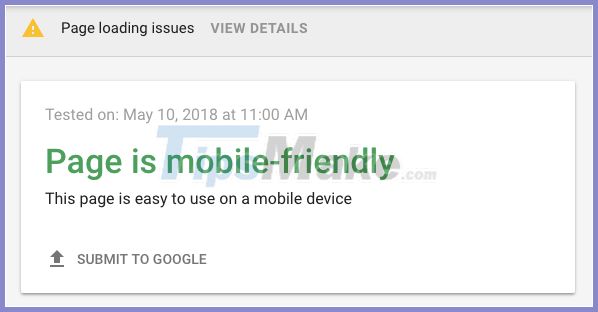 Picture 11 of 30 effective SEO tips for WordPress in 2020
Picture 11 of 30 effective SEO tips for WordPress in 2020
It will check if your site is mobile-friendly and offer some tips for you to optimize your site.
9. Speed up your Website
Website speed is very important. A slow loading website will negatively affect your ranking and user experience. Page load speed has even become a ranking factor for your site.
Luckily, to handle the page load speed is not difficult, the following ways will help you speed up your website:
Take the original parameter to measure
First, you need to know how your website is performing. Open a tool called GTMetrix and run through this tool. It will tell you the speed information of your current site so you know which improvement.
Host upgrade
Usually, some server-side errors can cause slowdowns. Therefore, choosing the right hosting environment is very important. For the best WordPress performance, we recommend a hosting plan optimized specifically for WordPress hosting.
Make use of the CDN
A CDN will help you speed up your site by hosting multiple versions of your site on servers around the world. So when visitors go to your site, they'll get the version closest to where they visit. To find a free CDN solution, you can integrate your site with a CDN like Cloudflare's.
Use the Caching Plugin
Caching plugin will generate static HTML files site, instead of using PHP files normally used to run WordPress. It will significantly reduce the number of requests to the server from the user's browser, and in turn will speed up the page load.
Some of the most popular WordPress caching plugins are W3 Total Cache and WP Super Cache.
Optimize your images or videos
If you are uploading images to your site, then you need to optimize them to lighten the site down.
To optimize your images, do the following:
- Reduce file size by optimizing the image using a tool like TinyPNG.
- Resize the image to the appropriate size before uploading.
- Install an image optimization plugin such as WP Smush.
10. Fix any broken link
You have broken links that are not good at all for your readers or search rankings. Because it can make it difficult for Google bots to scan your site. In short, the more broken links, the more negatively affected WordPress SEO is.
The easiest way is to check broken links with Google Search Console and click on the button under "Crawl Errors".
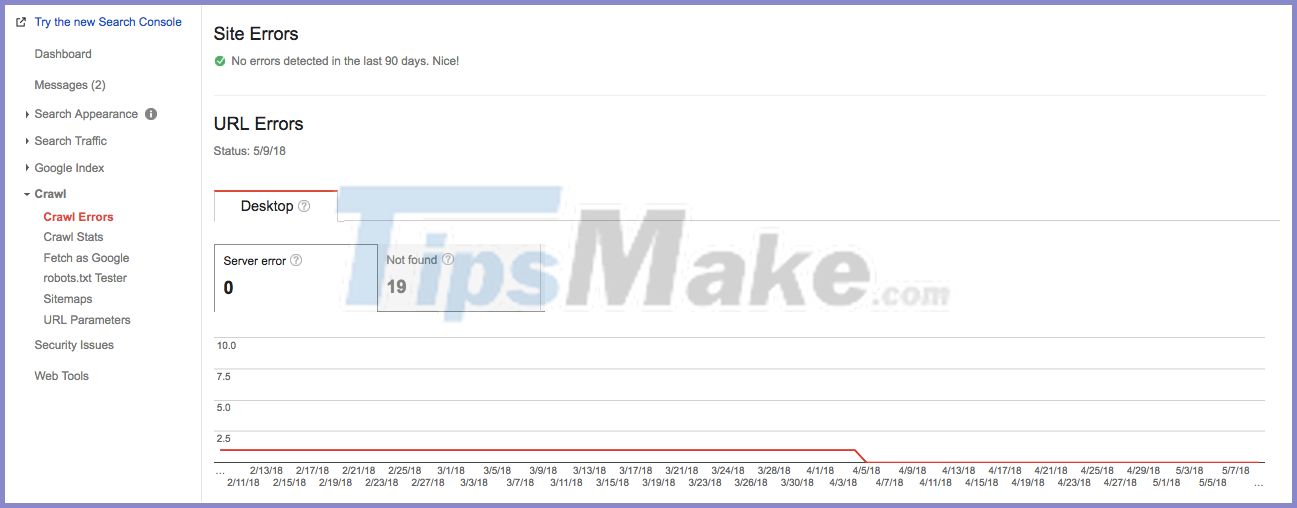 Picture 12 of 30 effective SEO tips for WordPress in 2020
Picture 12 of 30 effective SEO tips for WordPress in 2020
Then open up each error and it will show you where the error link is so you can fix it.
11. There are main keywords for each article
Even keyword optimization has changed a lot, but keywords still play an important role in SEO. Whenever you are writing articles you should have a focus keyword for it.
Here's how to optimize your posts based on selected keywords:
- Do not try to insert a keyword in your article that makes the text meaningless or confusing, only when it is used as naturally as possible.
- Keywords should appear in the first paragraph of the article if possible.
- Use your main keyword in your title and subheadings.
- Include keywords in your URL, meta description.
Yoast SEO will make implementing the above 4 ideas most effective for you.
Every time you write an article you enter keywords into this tool. It will analyze to guide you to optimize for that keyword during your article writing process.
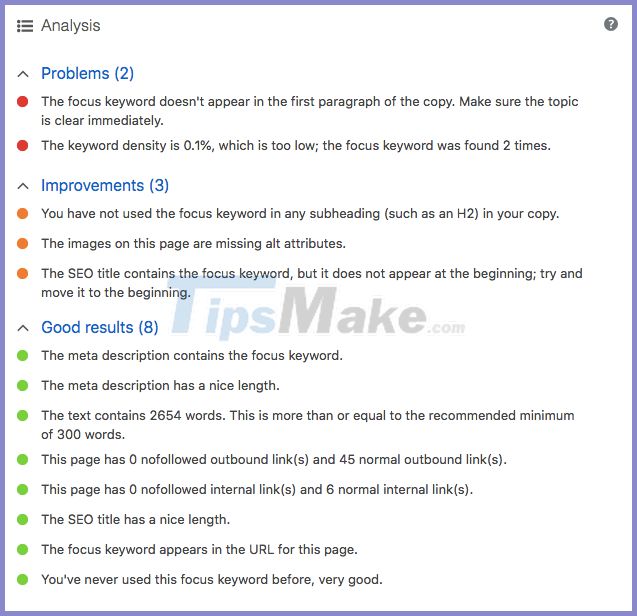 Picture 13 of 30 effective SEO tips for WordPress in 2020
Picture 13 of 30 effective SEO tips for WordPress in 2020
You will be shown how to improve your keywords to increase your search engine ranking. However, optimize it so that it does not affect the smooth, easy-to-read text, because the visitor's page view time is also a factor affecting search rankings (if it is difficult to read too much for readers. will skip and find another page).
12. Create quality content
Google loves high-quality articles. Try searching by any keyword, the first 10 results will satisfy your search needs with 2 criteria:
- The content is long enough and of a certain quality.
- Content that matches your search intent.
Well-written, long-written content is best. But don't forget the user's search intent. Factors based on search intent located in the keyword phrase.
When you create content, keep in mind that you are writing articles for the searchers, and try to understand why you should be in the first place. Sometimes content will be at the top of the search table because of the strength of the domain name. But if each site has the same amount of authority, the quality of the content will be the deciding factor.
To better understand keywords and search intent, ask yourself the following questions:
- What kind of information are the searchers looking for or is product information?
- Are they looking for insights? Or just short articles?
- Why are existing pages ranking high?
- What type of content will best answer the keywords a user enters?
By answering these questions, you will learn more about keywords, which pages are ranking well, and what searchers want, so you can create unique and best content.
13. Create long content
Long content usually ranks better than short content in search engines. Recent studies by Buzzsumo and Moz show that long-form content gets more social links and backlinks on other websites, thus ranking higher.
Also another study found that most of the high-term content on the front page of Google was over 2000 words in content. That doesn't mean all posts on your site should be this length, but if there are some posts like that, better, it will be more sympathetic to Google.
But, once again we stress that quality comes first, and factors like readability, readability, and concise are also important. So never cram unnecessary words into the article because it will dilute the text, possibly causing backlash.
Instead, your content always needs to stick to the intent of the keyword. Meaning you need to solve a searcher's problem first, in the simplest and easiest way possible. Then add content that searchers need to know more if needed to both quality and make readers appreciate the writer's ability.
14. Create non-dated content
Clean content is a powerful traffic generator. The content type is always useful without being affected by timelines and major events.
For example one post like, " The Comprehensive Guide to Onsite SEO ", with another " What do you need to know about the latest Google updates ".
The first song will be useful for a long time, while the second song is dependent on a specific timeline. Of course, that doesn't mean you need to publish such evergreen content once and for all, forget about it, but you should regularly update it to accommodate new industry innovations. this is talking about.
Evergreen content (non-obsolete content) is important information that does not lose industry relevance over time. This means it can always be shared, promoted, and placed backlink. This type of content usually stays a very long time on a search engine results page if it is well updated.
While non-obsolete content usually takes longer to create, the results will last year after year that will surely make you happy.
15. Link Out to quality sources
Linking out to quality sources will not harm your SEO, on the contrary, it may even help you. When you link out to valuable sources on the Internet, Google knows that these resources have similar content to you. Moreover, it also affects user psychology, users will trust you more because you have valuable sources of information related to the same topic.
Don't let your site die on the internet, share the links you find to be good for your readers. Doing this regularly will create a treasure trove of links and it will help you increase your trustworthiness and credibility. By linking to these resources, it will also open you up for dialogue with the editors of your article source. Sharing and linking online is the hottest job right now, right?
Remember, link out is important, only if you can implement it properly. To avoid sending readers to other sites on your site and leaving your site, don't forget to choose the option to open external links in a new window. To open the external link on another tab or window, perform the following steps:
Create a Hyperlink
To create a hyperlink, highlight your text and link to the hyperlink button:
 Picture 14 of 30 effective SEO tips for WordPress in 2020
Picture 14 of 30 effective SEO tips for WordPress in 2020
Then, click on the gear icon, it will lead you to the installation of this link.
Change clicking links to " Open link in a new tab "
A link control box will appear and you just need to click on the box " Open link in a new tab " (open the link on a new tab).
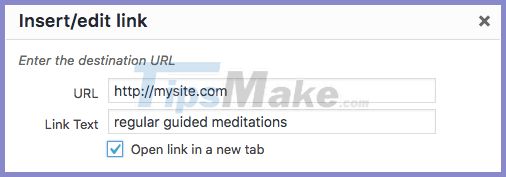 Picture 15 of 30 effective SEO tips for WordPress in 2020
Picture 15 of 30 effective SEO tips for WordPress in 2020
That's it, now every time a user clicks on your link, it opens a new tab instead of opening on the same page they're reading.
16. Linking content together (Interlink)
If there is a chance, please link to the old content that you have published. Usually, an interlink has the following benefits:
- It's easy for Google bots to scan your site deeper into each post and page by page
- Put links on articles and pages without attracting any backlink for itself.
- Help Google understand what the content of the linked page is by surrounding it with a paragraph related to the topic.
- Keep your visitors on your site longer by visiting more pages, thus minimizing bounce rate, increasing time on site (time spent on site ).
WordPress makes interlinking of your content very easy.
No matter what post you write, highlight the text and click the hyperlink button. Then select the tooth icon to go to link options.
 Picture 16 of 30 effective SEO tips for WordPress in 2020
Picture 16 of 30 effective SEO tips for WordPress in 2020
In the pop-up window, you will see a list of the articles you have written. Just choose the right type of content from the list.
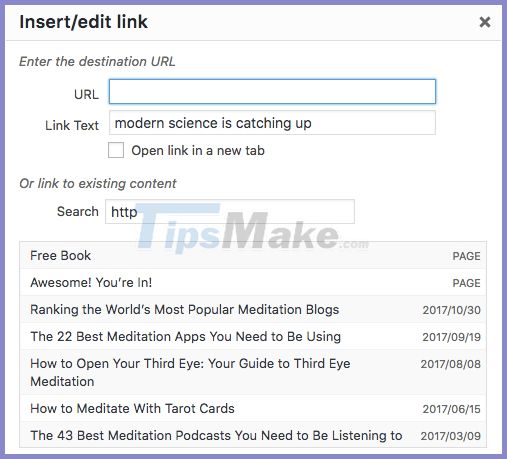 Picture 17 of 30 effective SEO tips for WordPress in 2020
Picture 17 of 30 effective SEO tips for WordPress in 2020
17. Adjust title of post and web page
The title tag is the most important heading tag. It tells Google what your website is talking about, and helps readers visualize and decide whether to click on the page or not. The name of the post and the page (post and page) is the title tag.
Instructions for optimizing article titles:
- Insert your main keyword as soon as possible in the title.
- Create a title (title tag) about 60-70 characters.
- Create a title that is catchy and appealing for others to click on.
Changing the title tag to another more optimized and clickable title tag is very simple. Especially if you are using the Yoast SEO plugin.
To change title tags, open one of your posts and scroll to the bottom of the page. You will see an entry called " Snippet editor ".
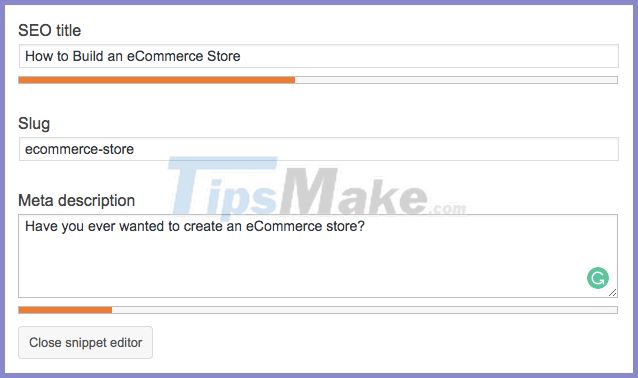 Picture 18 of 30 effective SEO tips for WordPress in 2020
Picture 18 of 30 effective SEO tips for WordPress in 2020
Here, you will be able to customize WordPress SEO by adjusting the title tag to optimize so that it increases website rankings on google.
18. Optimize header tag
Header tags will tell crawler bots what your content is about. Using these tags in the content will make the article easier to read and optimize for search engines.
Basically, you should have one H1 tag per post and use the hierarchy of H2 , H3 , and H4 in that post.
The H1 tag can also be the post title, so you need to use your main keyword in it. For the rest of the header tag, use other possible variations of the main keyword, if possible. However, don't put keywords in the heading tag if this makes the heading tags no longer clear. Clarity and readability are a priority.
In the WordPress editor, you can easily add header tags using the drop-down menu bar.
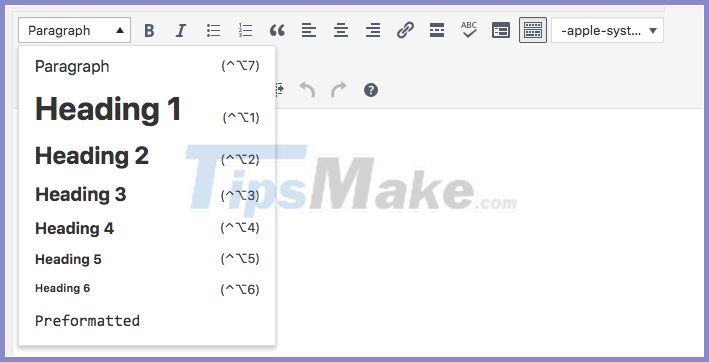 Picture 19 of 30 effective SEO tips for WordPress in 2020
Picture 19 of 30 effective SEO tips for WordPress in 2020
19. Use Shorter URLs
When creating URLs, you should use words as short as possible. Minimize URLs so that it does not show multiple classes such as directories and categories. Try using only the target keyword, and removing other elements so that it is as short as possible to see if the address bar makes sense.
Long URLs won't hurt your ranking. But it will make the link look like link spam and reduce the CTR (click through rate). If you change the permalinks, this will give you more control over the URL structure.
Follow our hands-on guidelines for creating search engine friendly URLs:
- Use short URLs if possible, cutting out words that make no sense
- Contains the main keyword in the URL
- There is a similarity between the title and URLs
- Easy to read and understand for the average user
- Avoid directory hierarchy and categorize whenever possible
With the above SEO tips, you can easily edit URLs right from the WordPress post page. Just click on " Permalink " right below the title to edit the URL:
 Picture 20 of 30 effective SEO tips for WordPress in 2020
Picture 20 of 30 effective SEO tips for WordPress in 2020
20. Optimize Meta Descriptions
The meta description is the paragraph below the title in search results. It tells searchers roughly what the description of the page they found is, which matches their search needs.
 Picture 21 of 30 effective SEO tips for WordPress in 2020
Picture 21 of 30 effective SEO tips for WordPress in 2020
Your meta description is not a major ranking factor, but it will help you improve your CTR. An attractive, stimulating text that excites readers to click is a great advantage so that you can beat your competitors on the same topic, and users don't have to find another article by using another search command.
Click through rate is sometimes more important than ranking, because if you have a high CTR, Google will understand that your page is more relevant, which will gradually improve your ranking.
To optimize the meta description for clicks, perform the following SEO tips:
- Add the main keyword in the meta description. Google will even highlight keywords, so your results stand out even more.
- Understand that writing a meta description is like writing a piece of advertising. Each word is important and is intended to motivate readers to click instead of other pages.
21. Cowardly Schema Markup
You've probably heard the word "schema markup" before and have seen it elsewhere. It is a piece of code that helps searchers to better understand data and implement it nicer and more meaningful to searchers. By implementing schema markup, you may have created the opportunity for google listing your results to be more compelling. This leads to higher CTR and increased traffic to your website.
The WordPress theme may already have schema markup installed. To see if your site has schema markup, run it through this tool. If you don't have schema markup, then you can use the schema plugin. It is very easy to configure and will automatically insert the schema markup on your site for you. might already have schema markup installed.
22. Optimize Google SERP
You have already seen these boxes appear on the front page of Google search results. If not, you can check out the example below:
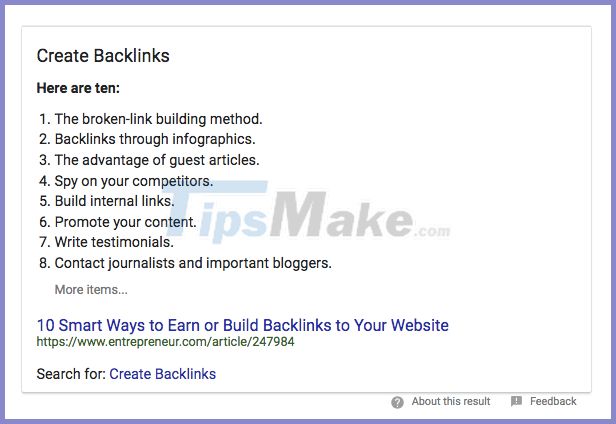 Picture 22 of 30 effective SEO tips for WordPress in 2020
Picture 22 of 30 effective SEO tips for WordPress in 2020
This position is called position 0 on the search engine and it will get more traffic and higher click-through rate, it directly "robs the click" from the # 1 position on the search results. If you were on the first page of search results (1 of the first 10 results), you are conditioned to appear at position 0, and so you hit 2 positions on the same page of Google, too advantageous over the opponent, right?
There is no specific guide to achieving this position, but the following best things to do will increase your chances of reaching position 0 on Google:
- Add schema markup to your site
- Answer a keyword-related question at the beginning of the post
- Format your answer in list form
23. Optimize images for search engines.
Using images throughout the content creates a better reading experience. This keeps the reader more engaged with your site, ie you have achieved a positive index in the eyes of google for good performance. But, besides adding images to your site, you can optimize with the following 3 SEO tips:
Add a title for the photo
The title of the image is not scanned by the search engines, but it can be a major factor in the user experience. When users hover the mouse over the image, the image will appear a title box containing the content.
To change the photo title, hover over the image, and click on the pencil icon called " Edit ".
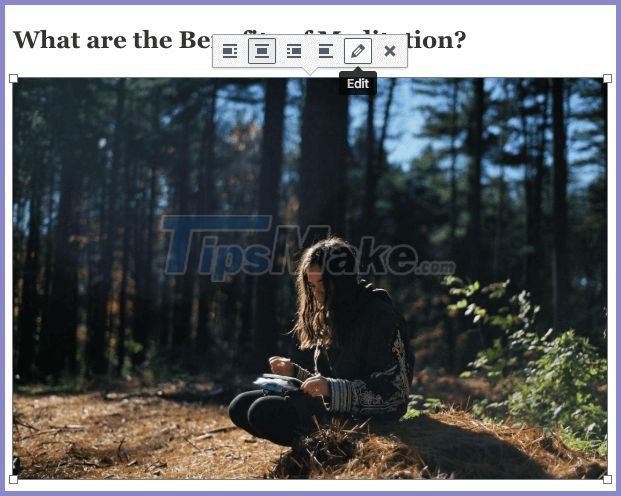 Picture 23 of 30 effective SEO tips for WordPress in 2020
Picture 23 of 30 effective SEO tips for WordPress in 2020
On the " Advanced Options " screen, you can enter the image title.
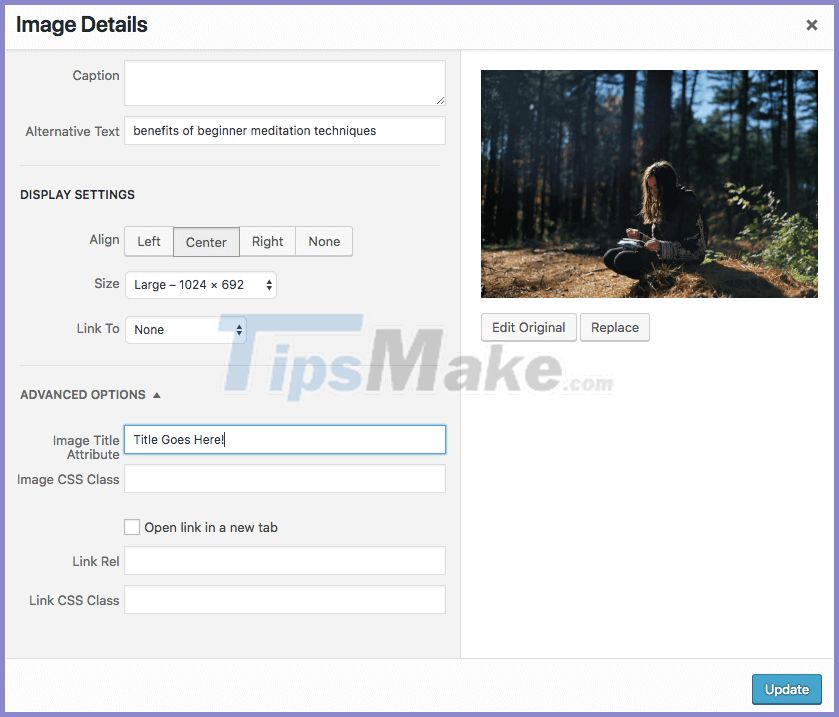 Picture 24 of 30 effective SEO tips for WordPress in 2020
Picture 24 of 30 effective SEO tips for WordPress in 2020
Alt Text
Alt Text is similar to image title, Alt text is intended to describe an image, but written in a different way to be able to indicate what the image is about, or what the image is for. In the first image of the post, the feature image should have alt text containing focus keyword, because this image will represent the article telling google what this article is having overall content.
To change the alt text, go to the photo editing page as above, select the " Alternative Text " field, and fill in the main keyword or related keyword or image description in the box.
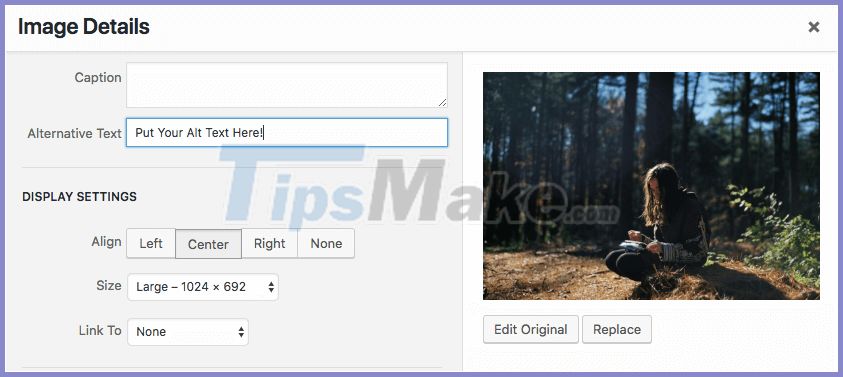 Picture 25 of 30 effective SEO tips for WordPress in 2020
Picture 25 of 30 effective SEO tips for WordPress in 2020
File name
The filename can also help you increase the term on the Google Image search page, so don't forget to rename the file exactly what is the name of the image as it can bring traffic to your site.
Often the image name will be long and confusing, or not relevant to the post's topic. So before uploading an image to WordPress, remember to rename the file to match the image, and add keywords in the filename if necessary, the file name should be written without accents.
If you use multiple words in the filename, make sure you separate them with dashes, Google will treat it as a space.
24. No-Follow any Affiliate Links
Many websites use affiliate links to increase sales. These links are often used to control commissions for products, services, or online courses.
But, using many such links can be a thorn in the eyes of Google (because you use this link to insert your own benefit, so Google may evaluate the post as impartial). If you use an affiliate link, conceal it by inserting a no-follow tag for it. You can use a WordPress plugin called Pretty Links to do this.
Pretty Links is a useful plugin that gives you unique URLs, unlike affiliate links. This tool also supports click tracking, so you can have click statistics.
To install this plugin, go to Plugins ›Add New and look for the word" Pretty Links ".
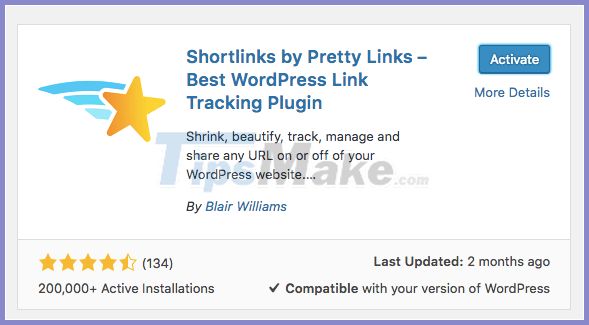 Picture 26 of 30 effective SEO tips for WordPress in 2020
Picture 26 of 30 effective SEO tips for WordPress in 2020
Install and activate this plugin, then go to Pretty Link ›Options on the left sidebar.
To make your affiliate link no-follow select the " Add nofollow to link " mark below the Defaul Link Options settings.
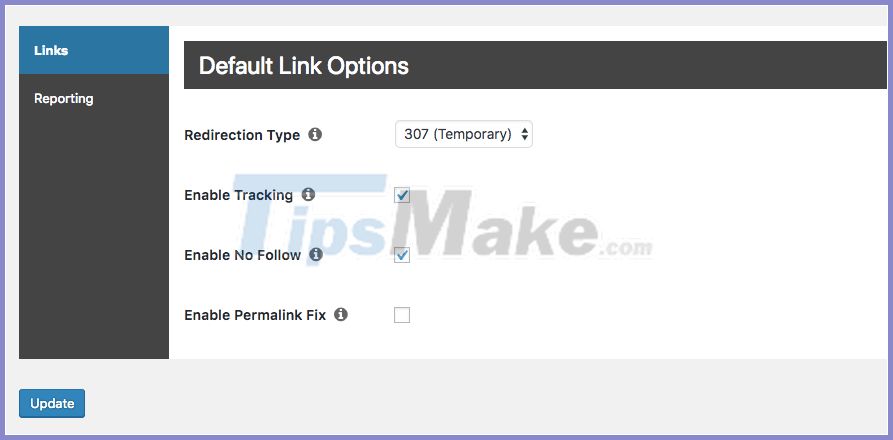 Picture 27 of 30 effective SEO tips for WordPress in 2020
Picture 27 of 30 effective SEO tips for WordPress in 2020
You can create a new link by selecting " Add New Link ", entering your affiliate URL, then creating a new link.
25. Add HTTPS to your Site
HTTPS is the official Google ranking factor, so your site needs to have SSL in order to create the https protocol. This will give your site a big advantage over sites that don't have SSL. It establishes a connection to a secure site and encrypted traffic.
To convert your WordPress site to HTTPS follow these steps:
- Make sure your host supports HTTPS and SSL.
- Buy an SSL certificate, or if you use Hostinger you will have the opportunity to subscribe to a lifetime SSL without having to renew each year.
- Install an SSL certificate.
- Verify if SSL is working.
- Redirect all traffic from HTTP to HTTPS.
Alternatively, you can also install ssl for free using the let "s encrypt certificate. If you don't know how to do it, please see this detailed tutorial.
26. Build high quality backlinks
Backlinks are one of the most important ranking factors. The higher the quality backlink, the higher your site will have a chance of ranking. Based on the research of Matthew Barby, if a page has a large number of backlinks, it will rank higher.
Backlink building is another big topic in SEO tricks, so we can't summarize it here. However, you can refer to some methods of doing link building to start building quality backlinks for your site:
- Create skyscraper content.
- Look for broken backlinks.
- Create ego-bait content.
- Guest post on popular sites.
- Do outreach link building.
27. Perform SEO Audit
If you are not sure if your site has been fully optimized, you can perform an SEO audit. But instead of going through the steps yourself, you can use SEO auditing tool. These tools will run your site with a series of tests, you will get a report telling you what you are doing right and what you need to improve.
SEOSiteCheckup is a free tool to help you analyze over 50 different onsite ranking factors. You can also use the Varvy SEO tool, which will compare your site with Google's navigation guidelines.
28. Check the backlink profile
By regularly checking your profile backlinks (the number of links from other sites to your website), you will know if the offsite SEO performance has improved. Since backlinks are one of the most important ranking factors, you should check this out regularly.
If you see a steady increase in the number of links, that's a good sign. But remember, not only is the number of links important, but the quality of the websites linking to your website is also important. The more relevant the site, the more authoritative, the more valuable the backlink.
There are many tools that can help you monitor backlinks. One of the most popular is Ahrefs, and we are using it as well. This tool will give you a detailed breakdown of how many websites link to you, the quality of these sites, and the number of referring domains. It's a premium tool, but your data will be of much more value.
If you are looking for a free solution, check out the SEOProfiler tool. Just create an account, you can get a detailed backlink report right on each of your websites.
29. Ask Google Crawl your website
Usually, your site will be crawled regularly if you regularly publish new content. But, one way to Google Index your new article or website right away is to use Google Search Console.
Open Google Search Console, go to Crawl , click the Fetch as Google button . Enter the URL and click on the " FETCH " button .
 Picture 28 of 30 effective SEO tips for WordPress in 2020
Picture 28 of 30 effective SEO tips for WordPress in 2020
Next, click on the " Request Indexing " button to have your new URL indexed / crawled by Google. Usually it won't happen right away, but it's still faster than waiting for Google to crawl your site.
30. Apply Long-Tail Keywords (long keywords)
Depending on your niche, ranking on the front page of Google for the main keyword can be difficult. Many keywords with large volume have been at the top of the table for a long time, and the content of these pages is also perfect so that users do not have to find more pages. foothold for these pages.
In such cases, you need to think further, and think of less competitive and specific, detailed keywords. These are called long-tail keywords. For example, try to brainstorm what a visitor looks for to buy a shoe product like a "children's shoe store", and then create an article for that keyword. So you will have a certain amount of stream (click volume), and certain traffic for an article with keywords is not difficult.
Use tools like KWFinder to get an overview of common keywords and their difficulty. Make a long list of keywords that can be inserted in posts, apply more WordPress SEO tips as above, you will surely be successful.
Epilogue
As you can see, there are many fields to consider when you optimize your website to increase website ranking on Google. Hopefully, with the above article, we have given you some basic knowledge to start SEO WordPress website.
Ultimately, remember that SEO is a longer battle. The more effort you put into SEO, the better results you will see, but these results only come after a long investment. The above SEO tips are fundamental directions for search optimization, apply them to each article on your site and check the results, surely after a long time of effort, You will be satisfied with the results.
Good luck.
You should read it
- Which platform is better for WordPress.com and WordPress.org?
- Why is WordPress free?
- 5 mistakes everyone mistakenly thinks about WordPress
- What's new in WordPress 5.4?
- How to add new posts on WordPress
- How to delete posts posted on WordPress
- Add WordPress.com features to your blog
- Squarespace and WordPress - Which one is better?
- How to edit links in WordPress
- Keyboard shortcuts for editing on WordPress
- How to migrate blogs from WordPress.com to WordPress.org
- How to import images from external sources into WordPress






 Which platform is better for WordPress.com and WordPress.org?
Which platform is better for WordPress.com and WordPress.org? Why is WordPress free?
Why is WordPress free? 5 mistakes everyone mistakenly thinks about WordPress
5 mistakes everyone mistakenly thinks about WordPress What's new in WordPress 5.4?
What's new in WordPress 5.4? How to add new posts on WordPress
How to add new posts on WordPress How to delete posts posted on WordPress
How to delete posts posted on WordPress